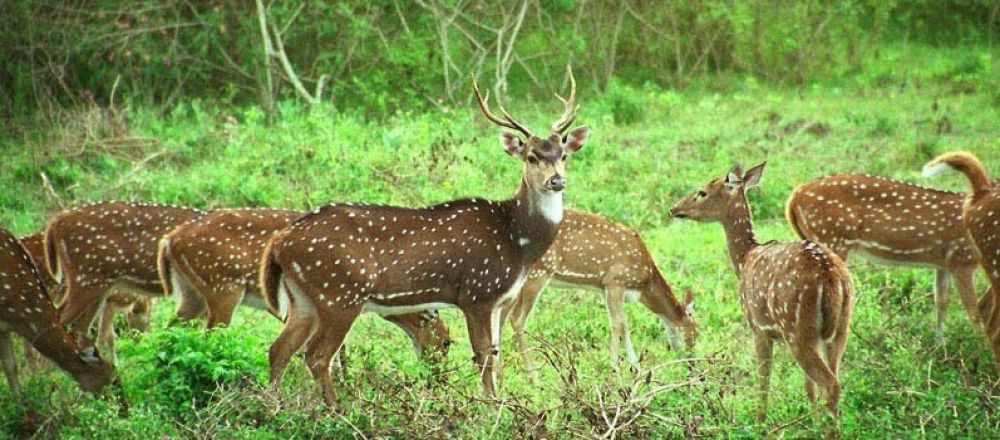

Askot Musk Deer Sanctuary is a notable wildlife preserve located in the Pithoragarh district of Uttarakhand, India. It is nestled in the Himalayas and spread across an area of approximately 600 square kilometers. The sanctuary serves as a home to a vast array of flora and fauna including the endangered Musk Deer, for which it is named. Established with the primary aim of protecting the Musk Deer, the sanctuary has grown into a key attraction for wildlife enthusiasts and nature lovers over the years.
The history of tourism in Askot Musk Deer Sanctuary has been relatively recent. While the region has been known for its natural beauty and rich biodiversity, the focus on conservation and structured tourism practices developed primarily in the later part of the 20th century. Since its formal inception in 1986, the sanctuary has seen a gradual increase in attention from tourists, researchers, and conservationists. The sustainable tourism model adopted by the sanctuary emphasizes on eco-friendly practices and promotes community involvement.
Askot Musk Deer Sanctuary holds significant cultural value for the local communities. The surrounding region has several temples and shrines that attract pilgrims, thereby integrating spiritual travel with nature tourism. Ecologically, the sanctuary is vital for the protection of the musk deer and various other species such as leopard, Himalayan brown bear, and many high altitude birds. The dense forests and alpine meadows contribute to the rich biodiversity that underpins the sanctuary's conservation efforts.
In recent years, eco-tourism and sustainable travel have become integral to the tourism trends in and around Askot Musk Deer Sanctuary. Activities such as bird watching, trekking, and nature walks are particularly popular, allowing visitors to experience the region's pristine environment with minimal ecological impact.
Moreover, the rise of digital and social media has increased awareness of the sanctuary, leading to a more diversified audience. Photography workshops and wildlife safaris have also gained traction amongst tourists seeking educational and adventurous experiences.Community-based tourism initiatives have become more prevalent, with local homestays and cultural tours enhancing the socio-economic benefits of tourism for indigenous populations.
Visitors to the Askot Musk Deer Sanctuary are expected to adhere to strict guidelines to ensure the protection of wildlife. The best time to visit is during the months of April to June and October to November when the weather is pleasant.
Tourists must obtain necessary permits from the forest department and are encouraged to respect the delicate ecological balance of the area. Local guides are available to enhance the visiting experience with their knowledge of the region's biodiversity and culture.
The sanctuary is well-connected to major towns in Uttarakhand, with closest access points at Pithoragarh and Dharchula. Travellers can reach these towns via road from major cities and then proceed to the sanctuary. Accommodation options vary from forest rest houses to local homestays, providing visitors with a range of experiences.
Note: Tourist facilities are basic in nature and visitors are advised to plan their trip meticulously, keeping in mind the remote and rugged terrain of the sanctuary.
The Askot Musk Deer Sanctuary continues to thrive as a haven for wildlife and a destination for responsible tourism, ensuring that the allure of the Himalayas can be enjoyed for generations to come.